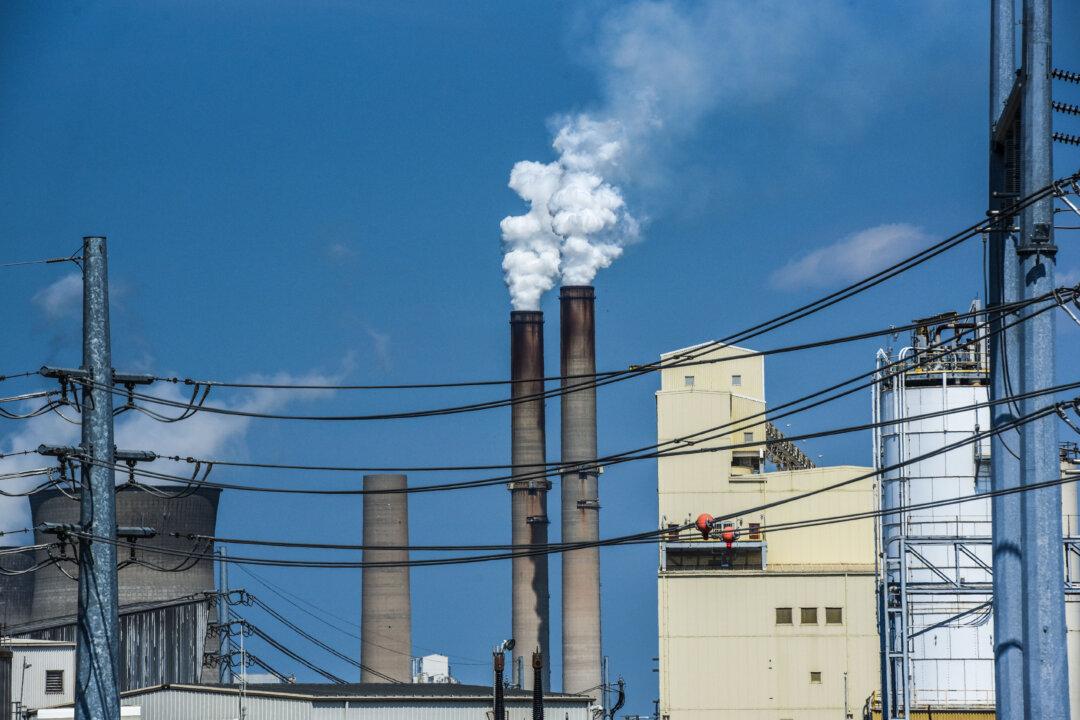Greenhouse gas emissions across the United States rose by 6 percent in 2021 following the reopening of the economy in the wake of the COVID-19 pandemic, according to data from the Environmental Protection Agency (EPA), despite the Biden administration’s aggressive push to cut down emissions.
In 2021, net U.S. greenhouse gas emissions were 5,586 million metric tons of carbon dioxide equivalent, marking a 6 percent increase due to economic activity rebounding and overall demand for electricity rising, the EPA said.





